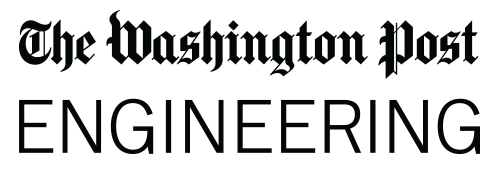
Dr. Luther gave an invited presentation to an audience of engineers and journalists at The Washington Post on October 23, 2019. The title of his talk was, “Photo sleuthing: Helping investigators solve photo mysteries using crowdsourcing and AI.” The abstract for the talk was:
Journalists, intelligence analysts, and human rights investigators frequently analyze photographs of questionable or unknown provenance, trying to identify the people and places depicted. These photos can provide invaluable leads and evidence, but even experts must invest significant time in each analysis, with no guarantee of success. Collective human intelligence (via crowdsourcing) and artificial intelligence (via computer vision) offer great potential to support expert photo analysis. However, we must first understand how to leverage the complementary strengths of these techniques to support investigators’ real-world needs and work practices.
In this talk, I present my lab’s research with two “photo sleuthing” communities: (1) open-source intelligence (OSINT) analysts who geolocate and verify photos and videos shared on social media, and (2) researchers and collectors who identify unknown soldiers in historical portraits from the 19th century. Informed by qualitative studies of current practice, we developed a novel approach that combines the complementary strengths of expert investigators, novice crowdsourcing, and computer vision to solve photo mysteries. We built two software tools based on this approach, GroundTruth and Photo Sleuth, and evaluated them with real expert investigators.